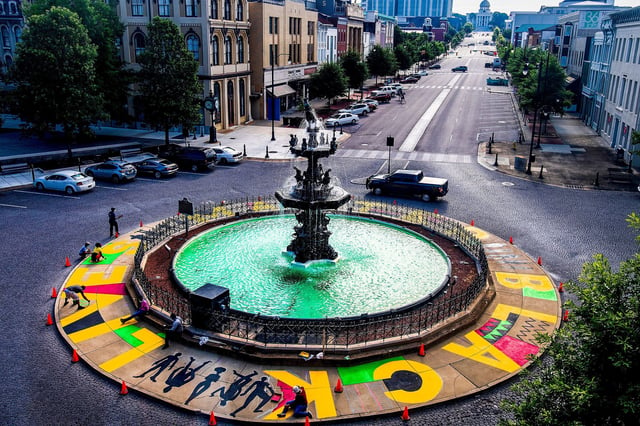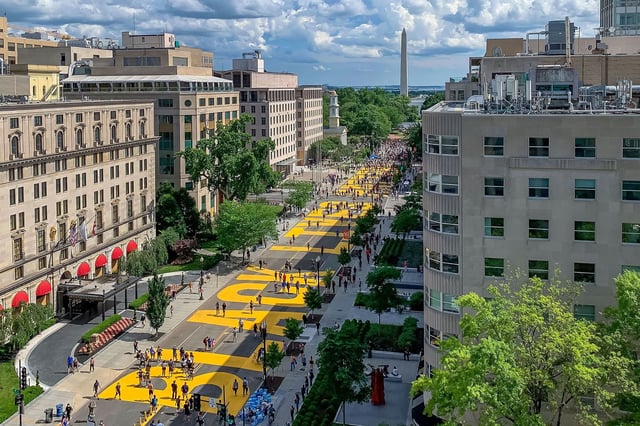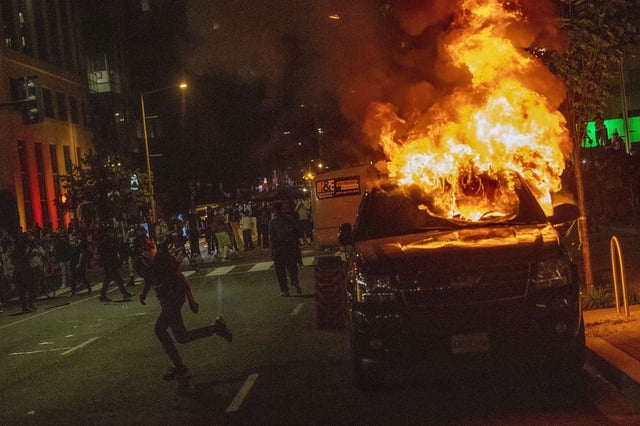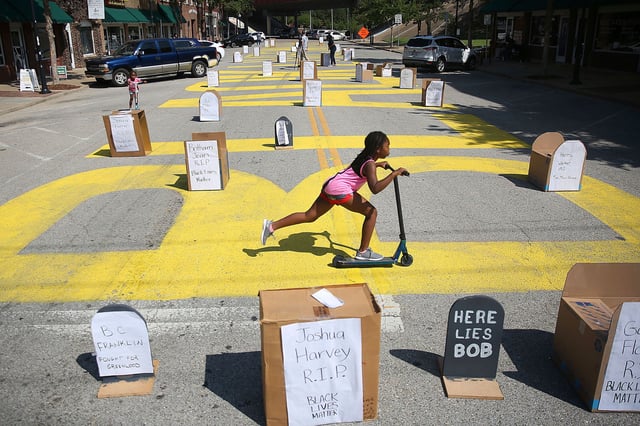Overview
- George Floyd's murder on May 25, 2020, catalyzed one of the largest protest movements in U.S. history, exposing police brutality and systemic racism.
- Initial media coverage focused on protest violence, but five years later, narratives have shifted to reflect on the demands and legacy of the movement.
- Federal legislative efforts, such as the George Floyd Justice in Policing Act, remain stalled, while the Trump administration has dismantled oversight and DEI initiatives.
- Public support for the Black Lives Matter movement has declined to 52%, highlighting growing backlash and fatigue around racial justice issues.
- Civil rights organizations, including the NAACP and Urban League, are now investing in grassroots organizing, political infrastructure, and economic resilience to drive lasting change.



